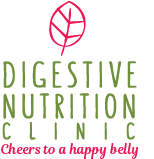We love healthy, unprocessed food made with fresh ingredients and prepared in a pure manner. We like to use ingredients with the greatest nutritional value and aim to eat a balanced diet, heavy on plant-based foods. We try as much as possible to source locally and use ingredients that are in season. Additionally, our passion for good food is reflected in the kitchen, where we enjoy cooking and have great fun while doing it.
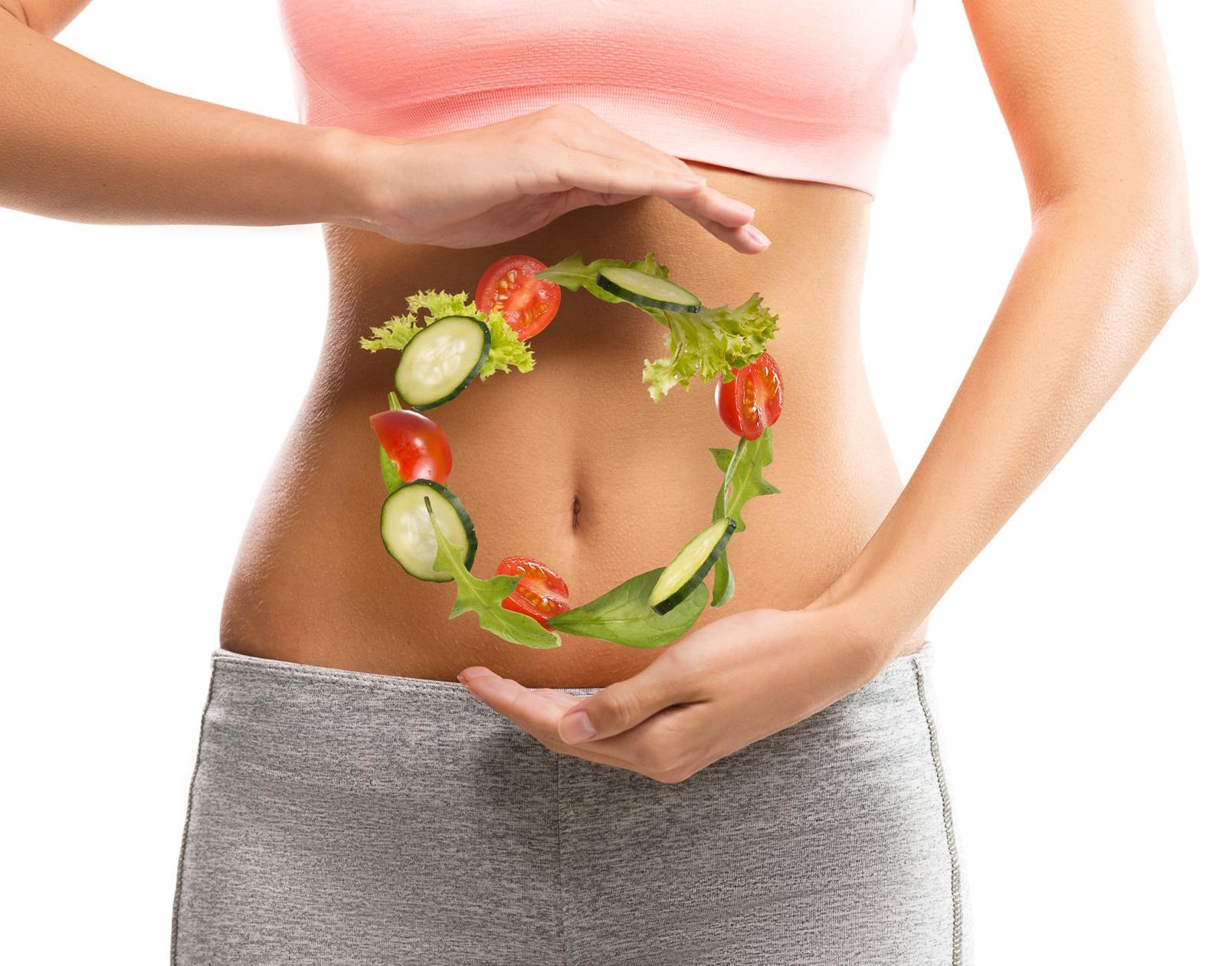
The low FODMAP diet in the elimination phase can be very restrictive. It has, however, been shown to decrease symptoms in 75% of IBS patients, which is a significant and very promising result. Due to its restrictive nature, the elimination phase is only to be carried out for a short period of time (approximately 6 weeks) and should be followed by a reintroduction phase. Most important, this latter phase is where the patient slowly reintroduces FODMAPs in order to determine which ones he or she can tolerate. All of us sufferers know that each person shows tolerance to different foods, that tolerance depends on the amount of food we eat at one particular time and that tolerance may change over time.
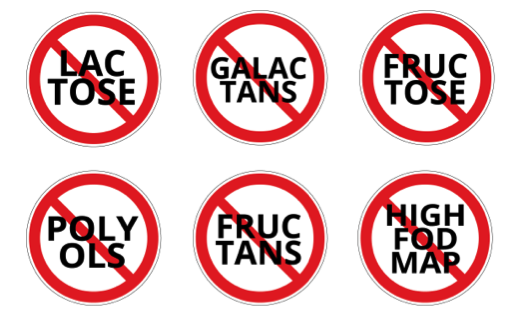
That’s why we tackle the FODMAP diet by promoting a clean and healthy approach that aims to include a less restrictive variety of foods in our everyday. We chose whole grains and natural sugars and minimize over-processed foods that contain preservatives and additives. We try to choose food that is free of toxic chemicals, antibiotics, and pesticides. Additionally, we minimize salt intake and max out on nutritional value.
With this in mind, we’d like to introduce our unique clean low FODMAP diet. All of the recipes in our website and future cookbooks will follow this approach. Find below a brief explanation of what makes our FODMAP diet a clean and healthy one and what we would recommend to you. We ultimately hope you will embrace this clean low FODMAP diet with the same enthusiasm we do.
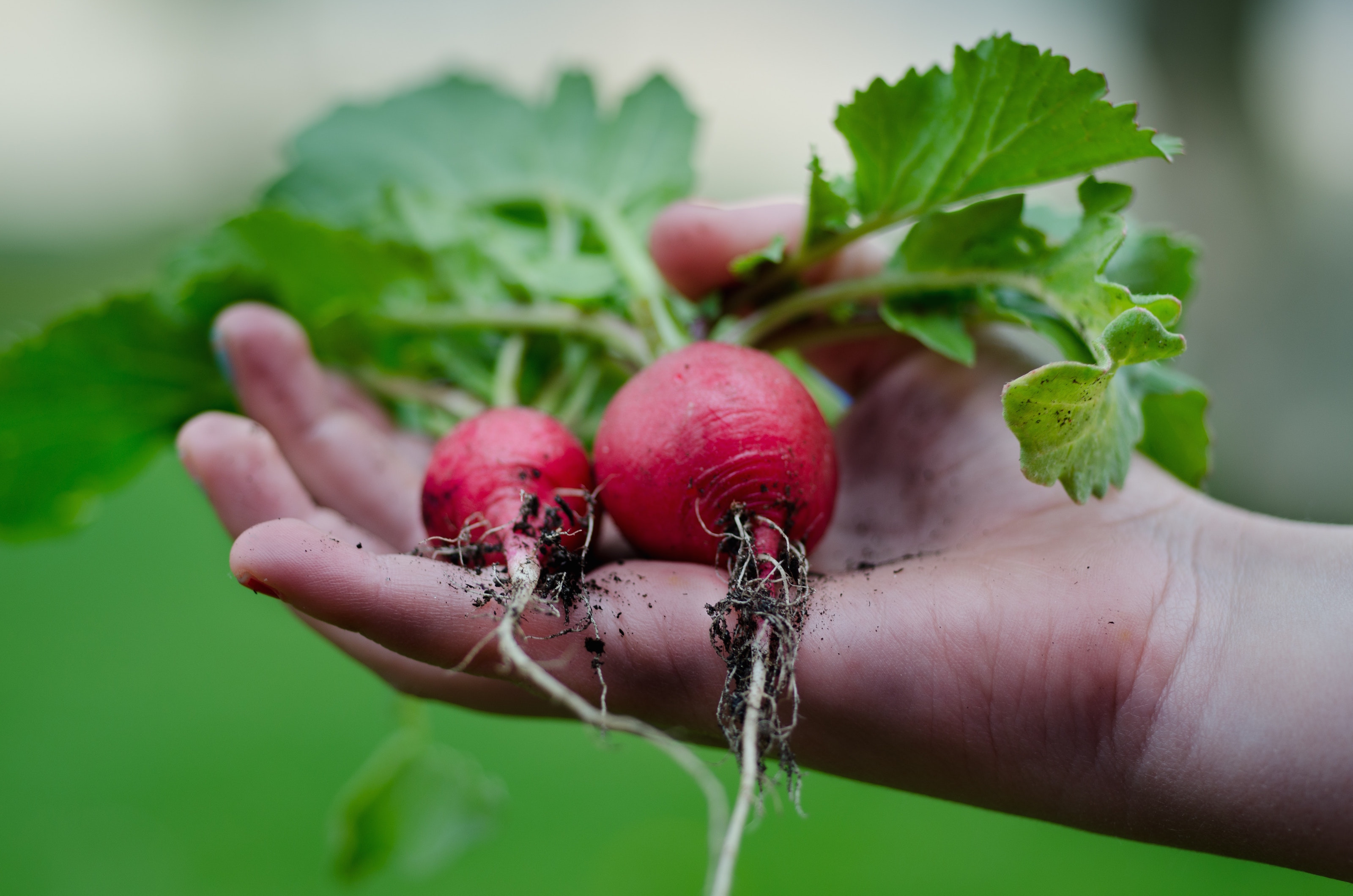
Vegetables
- Eat more vegetables and aim for variety of low fodmap vegetables during the day.
Fruit
- Limit one portion of low fodmap fruit per meal.
- Aim for variety of low fodmap fruits during the day.
- Limit concentrated sources of fruit, such as dried fruit and fruit juices.
Grains
- Choose unprocessed whole grains, products that contain the bran and germ. Whole grains do not cause a spike effect in blood sugar and insulin after consumption and are therefore a better option than white refined grains.
- Choose whole grains, like quinoa, buckwheat, teff and sorghum, and gluten-free oats only if you can tolerate them.
- Aim for whole grain gluten free options over refined gluten free options as much as possible. Overconsumption of refined gluten-free options leads to higher intakes of rice which is a source of traces of arsenic, a known carcinogen. Lately evidence has shown increased arsenic levels in people following a gluten-free diet, and even though the link has not been made directly to rice, we try to minimize our consumption of rice and increase consumption of other grains and seeds instead.
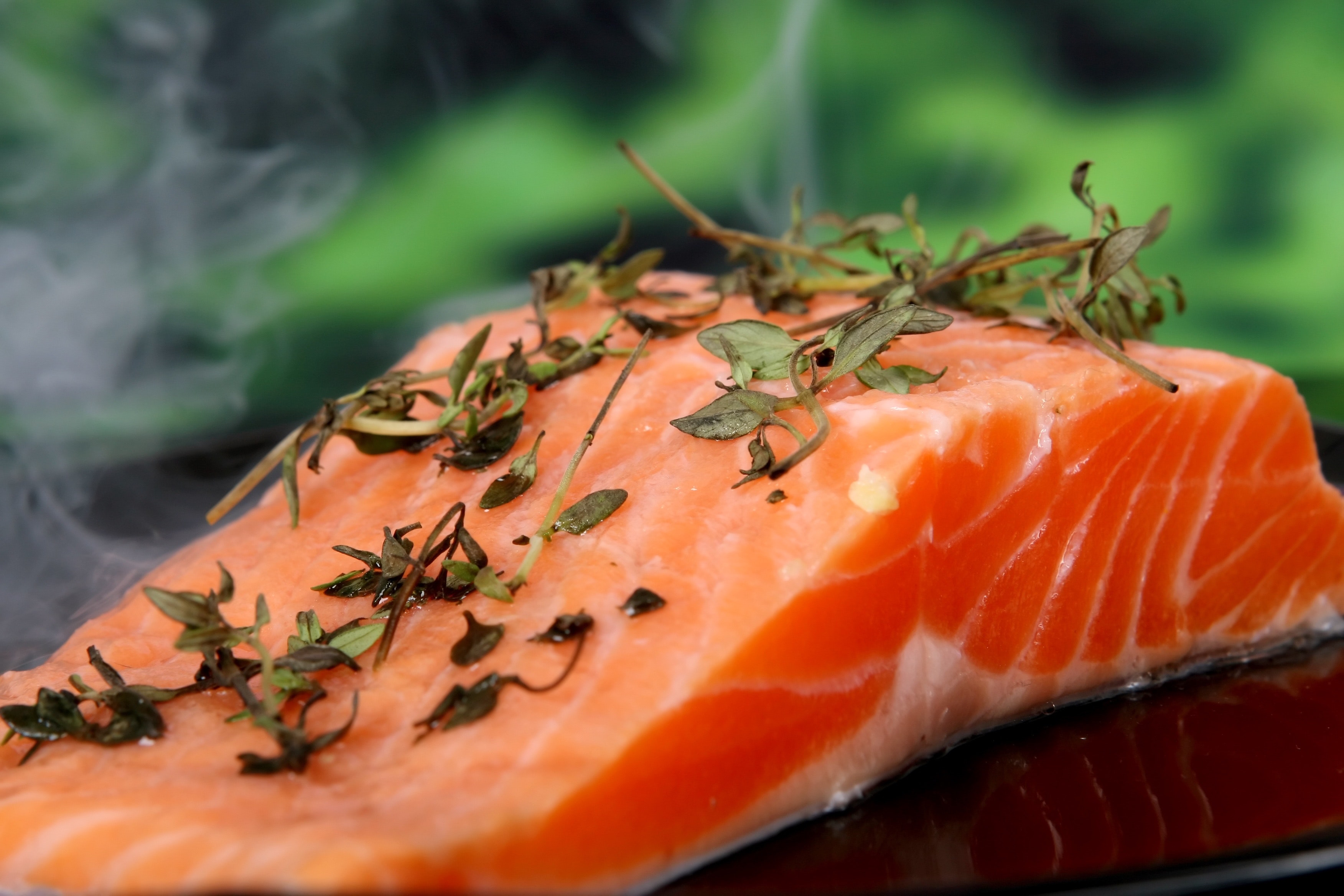
Proteins from Animal Sources
- Choose fish, eggs and poultry and limit red meat (beef, pork and lamb)
- Avoid processed meats (deli, bacon, sausages and hot dogs)
- Choose to eat free-range eggs
- Aim to consume meat that is derived from 100% grass-fed animals and not from animals raised in animal feeding operations where they are often fed antibiotics at low doses in order to promote growth.
- Choose low fat, dairy options (lactose free if you cannot tolerate lactose)
- Choose wild-caught fish that lives in non-polluted waters. Avoid fish bred in aquaculture environments where they are also exposed to low levels of antibiotics for growth.
- As a general rule of thumb, bear in mind that the bigger the fish the longer it has lived, so the longer time it has had to accumulate toxins from the sea or ocean. Small wild-caught fish such as sardines, anchovies and herring are good examples of fish with a lower contamination risk and are great choices for seafood.
Proteins from Plant Sources
- Consume seeds and nuts low in FODMAPs and also free of sulphites as a preservative
- Choose organic firm tofu and tempeh
- Go for these tested low FODMAP legumes:
- Chana dal
- Urid dal
Oils
- Use cold-pressed healthy oils instead of animal fats
- We recommend the use of a good quality extra virgin olive oil
- Due to its high saturated fat content, use virgin coconut oil only occasionally & not as an everyday staple
- Limit butter to occasional use
- Avoid partially hydrogenated oils
Probiotics
- We encourage the consumption of foods containing probiotics (good bacteria for the gut). Such low FODMAP foods are: lactose-free yoghurt, lactose-free kefir, tempeh, pickles and sauerkraut (low FODMAP portion is 1 tablespoon).
Lastly, a healthy diet goes hand in hand with a healthy lifestyle. Research shows that yoga and the low FODMAP diet work well together to reduce symptoms of IBS. Moderate activity such as walking and swimming and in general being active, as well as proper hydration are very important and highly recommended. Water facilitates digestion and helps food move easily and readily through the gut. So, make sure to drink enough water and keep moving!
References
Cozma-Petruţ A, Loghin F, Miere D, Dumitraşcu DA. (2017) Diet in irritable bowel syndrome: What to recommend, not what to forbid to patients! World J Gastroenterol; 23(21):3771-3783.
Schumann D, Langhorst J, Dobos G, Cramer H. (2018) Randomised clinical trial: yoga vs a low-FODMAP diet in patients with irritable bowel syndrome. Aliment Pharmacol Ther; 47(2):203-21
Raehsler SL, Choung RS, Marietta EV, Murray JA. (2018) Accumulation of Heavy Metals in People on a Gluten-Free Diet. Clin Gastroenterol Hepatol; 16(2):244-251.
McCarthy, Claire, MD. 3 reasons your child shouldn't go "gluten-free" (unless your doctor says so). Harvard Health Blog, June 7, 2016.
McCarthy, Claire, MD. FDA warns parents about arsenic in rice cereal. Harvard Health Blog, April 5, 2016.
Love DC, Rodman S., Neff RA, Nachman KE. (2011) Veterinary Drug Residues in Seafood Inspected by the European Union, United States, Canada and Japan from 2000 to 2009. Environ Sci Technol; 45(17):7232-7240.
Friesen EN, Ikonomou MG, Higgs DA, Ang KP, Dubetz C. (2008) Use of Terrestial Based Lipids in Aquaculture Feeds and the Effects on Flesh Organohalogen and Fatty Acid Concentrations and Farmed Atlantic Salmon. Environ Sci Technol; 42(10):3519-3523.
Hites RA, Foran JA, Schwager SJ, Knuth BA, Hamilton MC, Carpenter DO. (2004) Global Assessment of Polybrominated Diphenyl Ethers in Farmed and Wild Salmon. Environ Sci Technol; 38(19):4943-4949.
Foran JA, Hites RA, Carpenter DO, Hamilton MC, Mathews-Amos A, Schwager SJ. (2004) A Survey of Metals in Tissues of Farmed Atlantic and Wild Pacific Salmon. Environ Toxicol Chem; 23(9):2108-2110.
Dartmouth University's Toxic Metals Superfund Research Program. Arsenic and You project.
King's College London FODMAP website.
Monash FODMAP website.
World Health Organization. Dioxins and their effect on human health. October 4, 2016.
